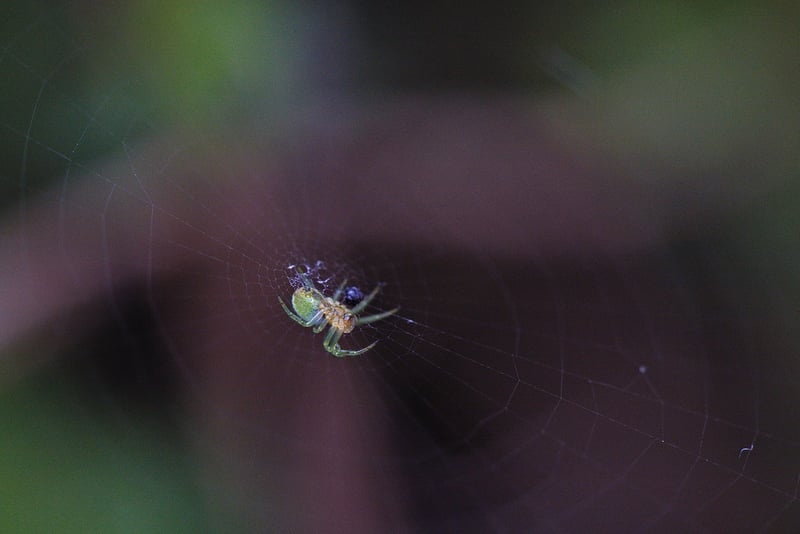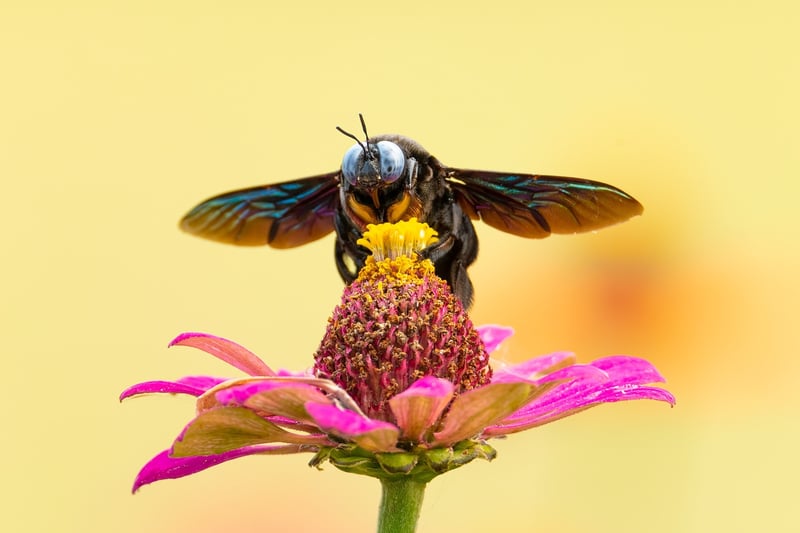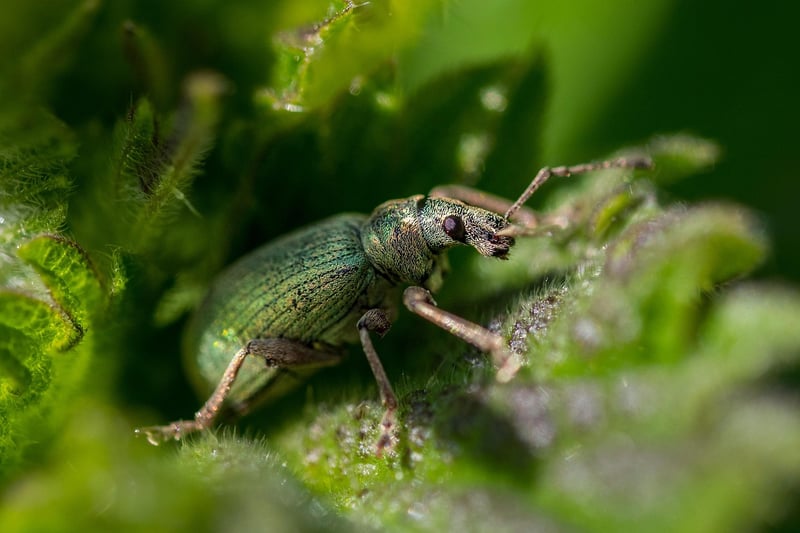Identifying Common Pests
Protecting Your Plants and Identifying Common Pests
As a plant lover, keeping your green friends safe and healthy is a top priority. However, pesky pests can often wreak havoc on your plants, causing damage and stress. By learning about common plant pests and how to protect your plants from them, you can ensure your garden or indoor plants thrive. Let's dive into some essential tips for safeguarding your plants and identifying common pests.
1. Regularly Inspect Your Plants
Inspecting your plants regularly is crucial for early pest detection. Look for signs of damage such as holes in leaves, discolored spots, or sticky residue. Check both the top and bottom of leaves as some pests prefer to hide on the underside.
2. Keep Your Plants Clean
Good plant hygiene is key to preventing pest infestations. Remove dead leaves, weeds, and any debris that can attract pests. Regularly clean your plant containers and tools to avoid transferring pests between plants.
3. Use Natural Pest Control Methods
Avoid harsh chemicals that can harm beneficial insects and the environment. Instead, opt for natural pest control methods like neem oil, insecticidal soap, or homemade remedies using ingredients like garlic and chili peppers.
4. Introduce Beneficial Insects
Ladybugs, lacewings, and predatory mites are examples of beneficial insects that feed on common plant pests. Attract these helpful bugs to your garden by planting nectar-rich flowers or purchasing them from garden centers.
5. Identify Common Plant Pests
Knowing the enemy is the first step to defeating it. Some common plant pests include aphids, spider mites, whiteflies, and mealybugs. Research their appearance and behavior to effectively combat infestations.
Common Plant Pests:
- Aphids: Small, pear-shaped insects that cluster on new growth.
- Spider Mites: Tiny pests that create fine webbing on plants.
- Whiteflies: Small, moth-like insects found on the underside of leaves.
- Mealybugs: Soft-bodied insects covered in a white, waxy substance.
6. Take Immediate Action
If you spot any signs of pest infestation, take immediate action to prevent further damage. Quarantine affected plants, prune heavily infested areas, or use targeted treatments to stop pests in their tracks.
By staying vigilant, practicing good plant care habits, and arming yourself with knowledge about common plant pests, you can create a healthy and thriving environment for your beloved plants.
Remember, a little prevention goes a long way in keeping your plants pest-free and flourishing!




